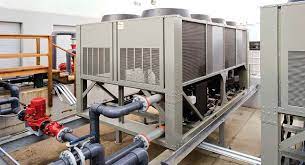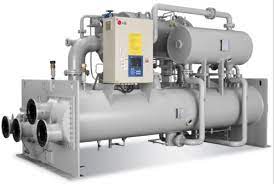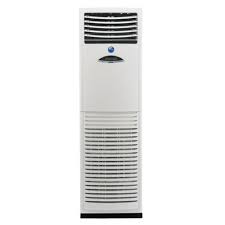When it comes to cooling your home, you have several options to choose from, including central air conditioning and window units. Both systems have their own set of advantages and disadvantages, and understanding the differences between them can help you make an informed decision. In this blog, we’ll compare central air conditioning and window units, highlighting their pros and cons to help you determine which is the best fit for your home.
Central Air Conditioning
Pros:
1. Whole-House Cooling: One of the primary advantages of central air conditioning is its ability to cool your entire home from a single central unit. With ductwork installed throughout the house, central AC can deliver consistent cooling to every room, ensuring comfort throughout your living space.
2. Quiet Operation: Central air conditioners are designed to operate quietly, with the noisy components located outside the home. This helps maintain a peaceful indoor environment without the disruptive noise often associated with window units.
3. Improved Aesthetics: Central air conditioning systems are installed discreetly, with only vents and thermostats visible inside the home. This eliminates the need for bulky window units, preserving the aesthetic appeal of your home’s interior and exterior.
Cons:
1. High Upfront Cost: Central air conditioning systems typically require a significant upfront investment for installation, especially if ductwork needs to be installed or existing ducts need to be modified. This can make them more expensive than window units initially.
2. Complex Installation: Installing a central air conditioning system involves more extensive work, including the installation of ductwork and the positioning of the outdoor unit. This may require professional installation and can result in longer installation times compared to window units.
3. Energy Loss: Central air conditioning systems can experience energy loss through duct leaks, resulting in decreased efficiency and higher energy bills. Proper maintenance and sealing of ductwork are essential to minimize energy loss and maximize efficiency.
Window Units
Pros:
1. Affordability: Window air conditioning units are generally more affordable than central air conditioning systems, making them a cost-effective option for homeowners on a budget. They require minimal installation and can be easily purchased and installed without professional assistance.
2. Flexibility: Window units offer flexibility in cooling specific areas of the home, allowing you to target cooling to rooms that are frequently occupied. This can help save energy and reduce cooling costs by avoiding the need to cool unused spaces.
3. Easy Installation: Installing a window air conditioning unit is relatively straightforward and can be done by homeowners with basic DIY skills. They simply need to be mounted in a window opening and plugged into a standard electrical outlet.
Cons:
1. Limited Cooling Capacity: Window units are designed to cool individual rooms or small areas and may not be sufficient for cooling larger homes or multiple rooms simultaneously. This can result in uneven cooling and discomfort in areas not directly serviced by the unit.
2. Noise: Window air conditioning units can be noisy, especially when operating at higher fan speeds. This can be disruptive, particularly if the unit is located in a bedroom or other quiet area of the home.
3. Aesthetic Concerns: Window units protrude from the window opening and can obstruct views and natural light. They may also detract from the exterior appearance of the home, especially if multiple units are installed.
Conclusion
Ultimately, the choice between central air conditioning and window units depends on your specific needs, budget, and preferences. Central air conditioning offers whole-house cooling, quiet operation, and improved aesthetics but comes with a higher upfront cost and complex installation process. On the other hand, window units are affordable, easy to install, and offer flexibility but may have limited cooling capacity, be noisy, and detract from the aesthetic appeal of your home. Consider your priorities and consult with HVAC professionals to determine the best cooling solution for your home.




